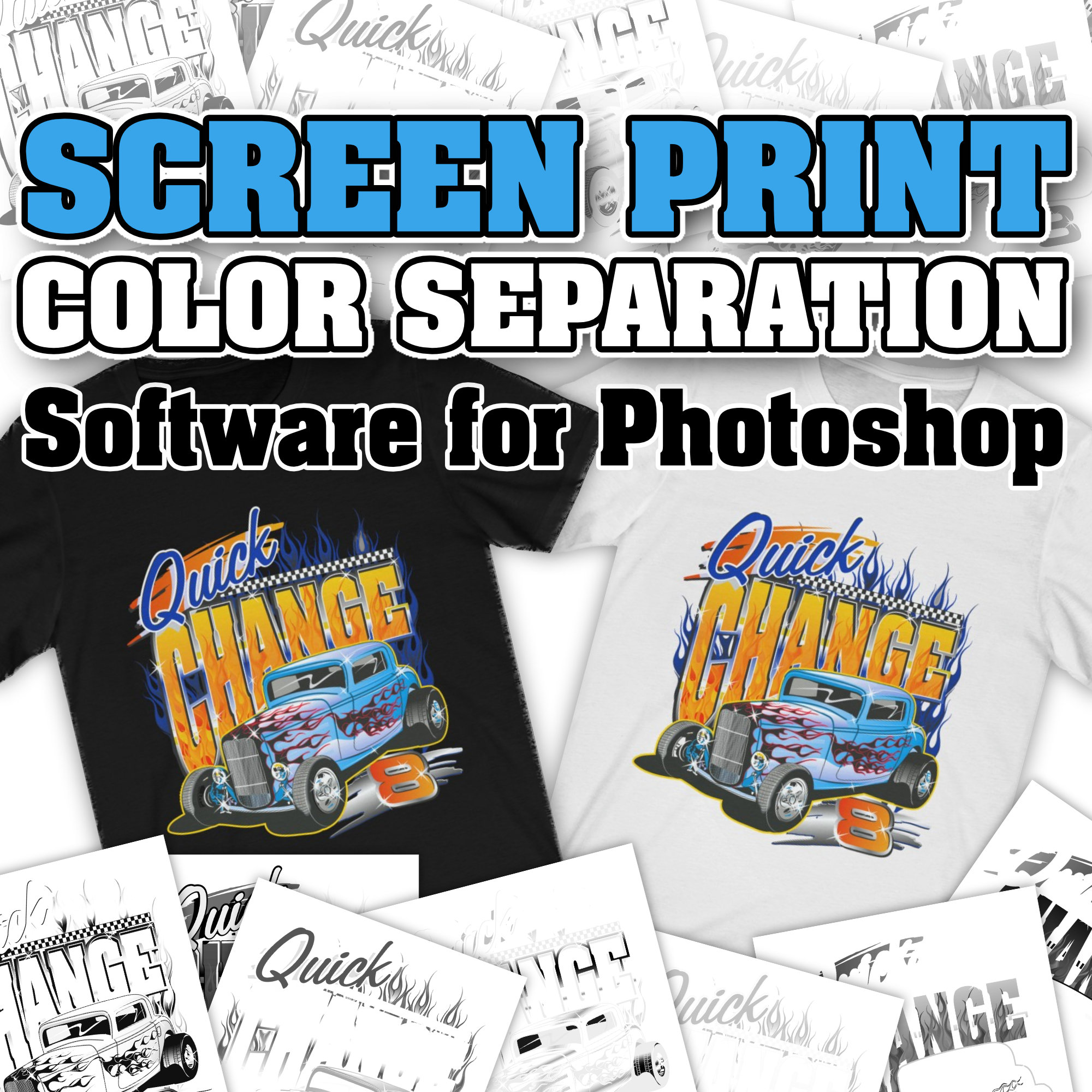

Now you can edit your image in a single channels. On the Edit menu, point to Setting, and then click Curves or Levels. In the Layers panel, click the Channels tab and select the channel you want to edit.Ģ. However, after the conversion, you can still edit your images, as follows:ġ. Note that images with good contrast and saturation will generate more vivid colors. We recommend retouching your images before the profile conversion, not after. The JPEG compression of input files can significantly degrade the quality of converted images high-quality input files will provide the best results. The two images below are intended to simulate the possible differences between multichannel screen preview and print. In any case, rather than relying on an on-screen rendition, you should always print a proof with the correct paper, halftoning, and ink density in order to obtain an accurate preview of the final results. Adobe InDesign, with Display Performance set to High Quality, often provides a better preview than Adobe Photoshop. Due to the difficulties of having an accurate preview of the printed output on your screen, here are a few tips for obtaining a more precise idea of how your image will be printed: in Adobe Photoshop, just after selecting your Profile in the Convert to Profile window and before clicking OK, the preview of the image is the closest to its final printed appearance. Each combination of spot colors needs a special color profile.Ĭolor Library profiles are optimized for printing and they offer the best color separation possible for your printing devices. Spot colors cannot be processed by the normal ICC profiles, and need to be defined in Adobe Photoshop as Multichannel. Particularly when the spot colors are not fully transparent, it could also make a significant difference which color is printed first and last. There are more than 1,000 PANTONE colors, and programs like Adobe Photoshop cannot predict the color that results when any two of the PANTONE colors are overprinted. Spot colors, on the other hand, are not standardized. Because the CMYK color space is so well defined, Adobe Photoshop or InDesign can display a CMYK image very well, and a monitor can be calibrated to make it look like a print (soft proofing).

The CMYK colors of the inks for printing are very standardized, and essentially the same for Offset printing. In the Format list, select Photoshop DCS 2.0. Your image has now been converted to multichannel. Select Preview to preview the effects of the conversion on the image.ħ. Important: best results are reached using Intent: PerceptualĦ. Select a color profile from the Profile list. On the Edit menu, click Convert to Profile.Ĥ. Important: your image must be in RGB, CMYK, Lab, or Grayscale mode, and 8 Bits/Channel.Ģ. The files are then ready to be printed using offset, silkscreen, Risograph, or any other printing technology that uses spot colors.įor a preview of a project achieved with Color Library, please visit Profile in Use.

#SPOT COLOR SEPARATION PLUGIN PHOTOSHOP PDF#
Once your images are converted, you can export them to PDF using Adobe InDesign. By using complementary colors, the Color Library profiles can create gray tones in the image.Ĭolor Library uses the PANTONE Matching System and Risograph colors, but can be manually adapted for other types of ink. The profiles will automatically generate the best separation from your input image to match the gamut of the selected colors. Then, in Adobe Photoshop, you can open an image in RGB, CMYK, Lab, or Grayscale color modes and convert it to spot colors.
#SPOT COLOR SEPARATION PLUGIN PHOTOSHOP INSTALL#
Color Library provides special color profiles that produce color separations from a normal RGB (or CMYK) image for spot colors and even metallic, neon or pastel colors. With Color Library, you can convert and print images using two, three, four, or five spot colors of your choice.įirst, purchase, download, and install the Color Library profiles on your computer. Such special colors are commonly called “spot colors.” Each spot color requires a separate printing plate and color separation. However, it is also possible to reproduce images by only using two or three non-CMYK colors. Normal images for printing are specified in the CMYK color space.


 0 kommentar(er)
0 kommentar(er)
